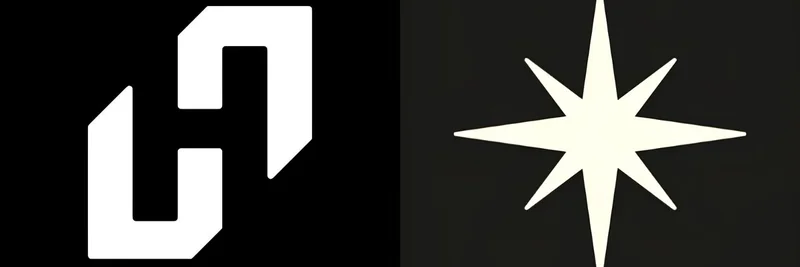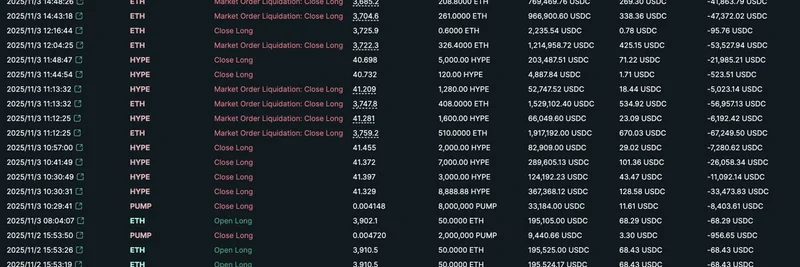Hey there, crypto enthusiasts and blockchain curious minds! If you’ve been keeping an eye on the latest buzz on X, you might have stumbled across an intriguing post by Kyle Samani (@KyleSamani) on July 2, 2025. In this tweet, Kyle highlights how a new provision in the so-called "Big Beautiful Bill" could be a game-changer for prediction markets like Kalshi. Let’s dive into what this means, why it’s exciting, and how it ties into the world of meme tokens and blockchain tech!
What’s the Buzz About?
Kyle’s tweet points to a recent law that limits gambling losses to 90% of gambling winnings for both casual and professional gamblers. This change, initially flagged by poker pro Bart Hanson (@BartHanson) on X, has stirred some controversy. But here’s the twist: Kyle sees this as a golden opportunity for prediction markets. These are platforms where people bet on the outcome of real-world events—think elections, weather, or even market trends—using a system similar to stock trading.
So, why is this good news for Kalshi? Well, prediction markets thrive on precise financial incentives. By capping deductible losses, the law might push more people toward regulated platforms like Kalshi, where bets are structured as contracts on event outcomes rather than traditional gambling. This could level the playing field and attract a broader audience, including those in the crypto and meme token space.
How Does This Impact Kalshi?
Kalshi is a regulated exchange where you can trade on events like “Will it rain tomorrow?” or “Will Bitcoin hit $100K by year-end?” Unlike traditional betting, these markets aggregate collective wisdom, often providing more accurate forecasts than polls or experts. The new law could drive more traffic to Kalshi because:
- Clarity on Taxes: With losses capped, traders might prefer Kalshi’s structured contracts, which are treated differently under tax rules compared to casino losses.
- Increased Participation: The law might push professional gamblers and crypto enthusiasts to explore alternative betting avenues, boosting Kalshi’s user base.
- Blockchain Connection: As meme token communities often overlap with crypto trading, this could spark interest in integrating prediction markets with decentralized finance (DeFi) projects.
Why Meme Token Fans Should Care
At Meme Insider, we’re all about connecting the dots between meme tokens and broader blockchain trends. Prediction markets like Kalshi could inspire new meme token projects tied to event-based trading. Imagine a token that gains value based on the outcome of a viral meme contest or a crypto price prediction! This intersection of gambling regulations, prediction markets, and meme culture could be the next big thing in 2025.
The Bigger Picture
This development isn’t just about Kalshi—it’s a signal of how regulations shape financial innovation. The IRS guidelines on gambling losses (which you can only deduct up to your winnings) are now being reinforced, potentially pushing the industry toward more regulated, tech-driven solutions. For blockchain practitioners, this is a chance to build tools that bridge traditional finance and crypto, leveraging the transparency and security of blockchain tech.
What’s Next?
Kyle’s tweet has sparked a lively discussion on X, with users like @ijingu1982 and @IronRedSandHive chiming in about Kalshi’s potential. As we move through 2025, keep an eye on how this law plays out. Will it lead to a surge in prediction market adoption? Could it inspire new meme token ecosystems? At Meme Insider, we’ll be tracking these trends to keep you informed and ahead of the curve.
So, what do you think? Are you excited about prediction markets like Kalshi, or do you see challenges ahead? Drop your thoughts in the comments—we’d love to hear from you!



